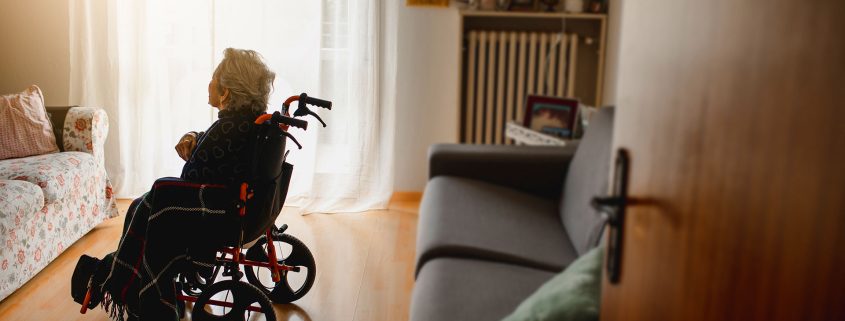Signs Your Home May Not Be as Accessible as You Think
A home can look perfectly comfortable on the surface while quietly holding obstacles that make daily living harder than it needs to be. Accessibility is about more than ramps and wide hallways; it’s about creating a space that feels safe, supportive, and easy to navigate. Sometimes, the signs that your home isn’t as accessible as it could be are subtle until they cause frustration, or worse, an accident.
Doors that Resist Instead of Welcome
A stiff knob or heavy door may not seem like a big deal at first, but if someone in your household struggles with grip strength or mobility, it can become a barrier.
Doors that don’t open smoothly, thresholds that create a lip, or narrow frames that make maneuvering difficult all point to an accessibility gap.
Bathrooms that Quietly Raise the Risk
The bathroom is often where accessibility issues reveal themselves most dramatically. Slippery tile floors, tubs that require climbing over, and toilets set too low or too high all increase the likelihood of falls or strain. Even reaching for a towel from an awkward angle can trigger imbalance.
These signs show that what feels “normal” might actually be creating unnecessary danger.
Lighting that Leaves Shadows
When hallways or staircases are dim, every step can feel uncertain. Poor lighting doesn’t just make a space uncomfortable; it creates a genuine hazard. If you notice family members leaving lights on during the day or avoiding certain rooms at night, it’s a signal that your home isn’t providing the clarity and confidence it should.
Everyday Items Out of Reach
Accessibility also lives in the small details. If essential items, dishes, medications, and switches are stored too high or too low, they can turn into constant challenges.
Bending, stretching, or climbing onto chairs to reach them is more than inconvenient; it raises the risk of injury. If daily routines feel harder than they should, that’s your home speaking. Some everyday signs to look for include:
- Frequently using stools or chairs to grab items from cabinets
- Medications tucked into high cupboards instead of easy-access shelves
- Light switches positioned awkwardly behind furniture or too close to the floor
- Clothing stored on top shelves that require stretching or straining
Technology that Doesn’t Serve Everyone
Smart homes are becoming more common, but not all technology is set up with accessibility in mind. Complicated remotes, thermostats without large displays, or security systems that require fine motor skills to operate can exclude the very people who might need them most.
If family members avoid using devices because they’re “too tricky,” it’s another subtle sign of a gap.
Conclusion
Accessibility isn’t always about dramatic renovations. Often, it’s about noticing the hidden ways a home can either support or hinder those living in it. By paying attention to these signs, you can spot the weak points before they turn into accidents.
Small adjustments, whether through better lighting, rearranging items, or adding simple aids, can transform the way a home functions.




Leave a Reply
Want to join the discussion?Feel free to contribute!